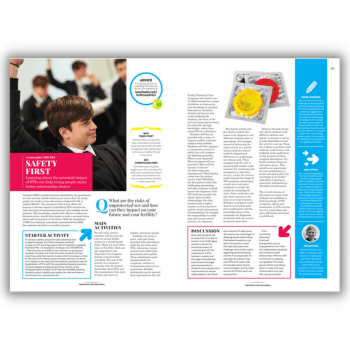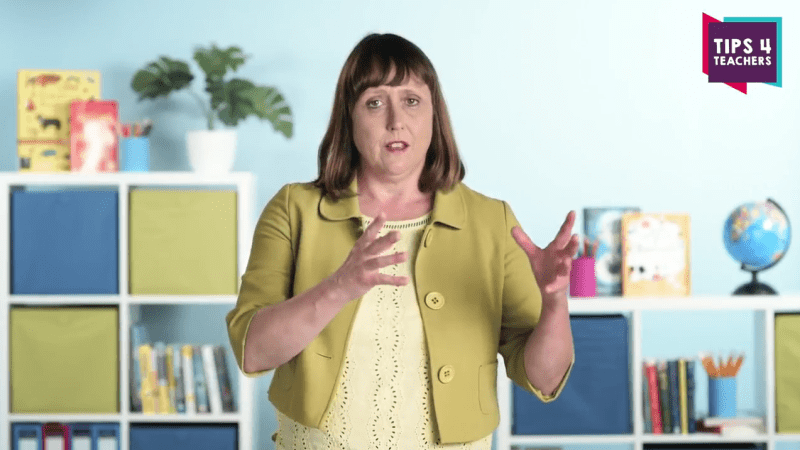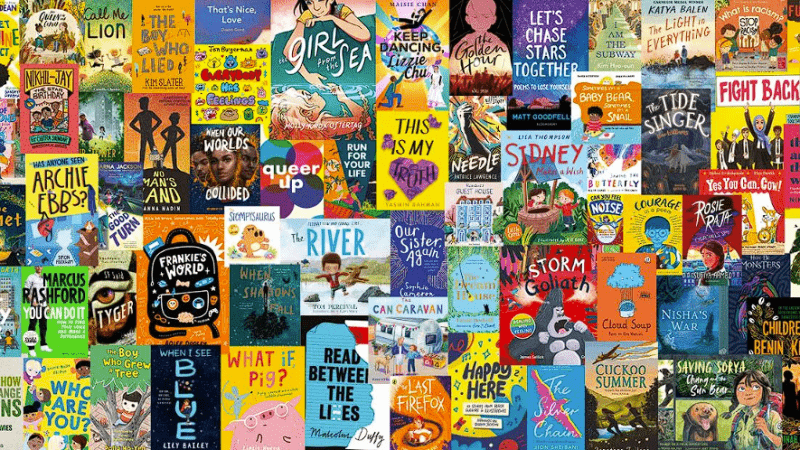What you Need to Know About Teenage Life Online

Teenagers simply can’t help being attracted by being online, says Nicola Morgan – and anyone who works with them really needs to understand why…

There’s a reflex negativity when people talk about teenagers online. What are they doing – for it surely must be something bad? And why are they doing it – for they surely can’t have good reason? And how can we limit their use – because it’s obvious that we must stop them doing this mysterious / pointless / boring / dangerous stuff?
This attitude shows a vast ignorance, which will fail the young people who will, whether we like it or not (and I do) grow up in a digital world. We need to understand – properly, deeply, in an evidence-based way – the benefits and the risks of online life. To do that, we first have to understand humans.
Contrary to popular opinion, teenagers are simply humans. But every human has a context, provided by their past and present, and including their stage of life. Teenagers are humans in a teenage context. They also have individual contexts but it is the teenage experience I’m focusing on.
Understanding this “teenage context” is crucial for anyone who works with and cares about young people. Understanding how machines work helps us make them work better: humans are just a type of super-complex machine which we can learn to understand.
This is particularly relevant when it comes to understanding teenage behaviour with screens and online: again, they act only as humans but in a teenage context.
The Teenage Guide to Life Online looks at everything to do with life online, from the obvious and much-discussed safety aspects to the much more interesting areas of concentration, distraction and effects on mental health and self-esteem.
For this article, I discuss why so many teenagers love online activity and why it matters for the “learning brains in your classroom” – one of my pet subjects for INSET and conferences! Then, in the short time available, I’ll offer some tips for teachers.
Rewarding behaviour
There are good reasons why everything about “online” is biologically super-compelling for humans.
Humans are wired to behave in certain ways for survival or success. Being “wired” for something means a buzz of dopamine activates the brain’s reward pathways when we do that action. Dopamine is exciting, stimulating and addictive – we want to keep doing the rewarding thing.
Let’s look at three particular things humans are programmed to be and how teenagers might be more tempted by the associated rewards than adults:
1. Social Humans are social creatures. We need networks, even those of us who don’t actually enjoy groups. Exclusion from social contact harms mental health. Teenagers are forming new groups, as they leave the family protection, and they are strongly drawn to conform to group behaviour in order to be allowed in. If their friends are doing something, they must be involved or they risk suffering. Fear Of Missing Out (FOMO) is not a joke.
2. Curious Curiosity gives us knowledge, skills and success. My daughter won a BAFTA when she and a friend were curious as to what would happen if they crowd-funded and created a short film. People who are passive tend not to succeed as much as those who are go-getting, including taking risks. Biology makes us curious, then, but I’d argue that teenagers, with less fixed thinking patterns than adults, may be more so – let’s encourage that but accept that it may lead them to investigate things we wish they didn’t. And teenagers represent the greatest risk-taking group of humans (even though many individuals are not risk-takers.)
3. Distracted Humans survive because of distractability. The hunter or gatherer is in danger if he fails to notice the lion or snake. The lion or snake give themselves away by moving, so we must be distracted by movement. If teenagers are not fully engaged with their work and if they allow themselves opportunities to be distracted, they are likely to be highly distractable. The part of the brain that we use to control attention and resist temptation is the pre-frontal cortex – which isn’t fully developed until well into the 20s.
Screens, particularly online, give endless opportunities to be social, curious and distracted – and teenagers may be extra vulnerable. We must remember this when we criticise or when we set strategies to minimise risk.
The bandwidth issue
On the other hand, if all this is about how we are wired for survival and success, what’s so bad about spending time with screens? Maybe teenagers should do more of it!
No, for several reasons, including the one that most affects learning, which I’ll come to now.
The human brain has finite “bandwidth”, just like WiFi on a train. When a fellow passenger does something that uses a lot of bandwidth, everything you’re trying to do happens more slowly or not at all.
It’s the same with the brain: every conscious action occupies bandwidth. Some things occupy little (such as walking or scratching your head) and some a lot (such as reading, listening to a human voice, or not scratching your head when you really want to.)
Screens occupy a great deal of bandwidth because when we are doing anything on a screen there are many things competing for attention, all occupying bandwidth.
Online, there are moving icons, adverts, links and hyperlinks; there are likely to be notifications coming in, as we typically have many apps open and we do love our notifications, don’t we? That social connection – someone wants me!
That curiosity – ooh, what might it be? That exciting distraction – this might be so much more interesting than what I’m doing! Even if we close our social media, hyperlinks fracture our attention – and there’s fascinating evidence that the act of resisting clicking on hyperlinks occupies more bandwidth than giving in.
Self-control is key
So, unfortunately, your students are biologically and psychologically drawn to bandwidth-hungry online activities, impairing the ability to do their best work. Humans do not multi-task well: not men, not women, not teenagers. In fact, evidence shows that people who experience distraction most are the most distractable.
Additionally, many young people already have their bandwidth occupied by worries and negative thoughts – and you know when you have something “on your mind” how easy it is to make mistakes, forget things, fail to listen, snap at someone.
I believe good practice for anyone working with young people starts with understanding that teenagers are only humans in a teenage context, breaking away from parental protection and control towards independence and new networks.
This context demands that they are socially super-connected, that they do as their friends do, that they look to their peers for approval more than to adults, that they take risks, that they will be distractible and curious and find it hard to focus on a distant future when a sparkly, vibrant, emotional present is quite literally at their fingers.
We have to find ways to harness online opportunities while retaining that most human skill: self-control.
Browse resources for Safer Internet Day.










